
New Life For Overgrown Dish Gardens
Most people receive a dish garden as a gift. They are lovely when they arrive, because they’re usually made of three or more houseplants with contrasting foliage colors and textures. Most are in a low dish or basket, and are dressed up with moss to hid the soil. Dish gardens aren’t intended to be long-term plantings, however. Having so many plants crammed into a shallow bowl doesn’t leave much room for the roots. If you have a dish garden that you’ve enjoyed for awhile, you might be wondering how to care for it long term.
Think of dish gardens as a college apartment where several students are crammed into a small space to save money on the rent: being so crowded is doable for awhile, but it’s not a situation that can go on forever. Eventually, in the interest of future growth, everyone must move on. So it is with the plants in dish gardens…after a few months, it’s time for each of them to move up to private housing.
Start by removing the moss that decorated the top. This isn’t necessary, and in fact it frequently prevents people from accurately judging if the plant is too wet or too dry, so begin by tossing it in the compost. Next, tip all the plants out of the container and one by one, separate each from the roommates. You can do this most easily, and with the least damage to the plants, by holding on to the base of the plant and pulling the roots away from the others.
Pot each plant on its own in a new pot. Fill the entire pot with soil – no rocks or broken pot pieces in the bottom. Don’t cover the drainage hole, not even with a paper towel. Just new, moistened potting soil and the plant. Be sure to leave about an inch of space between the top of the pot and the top of the soil so that you can water it easily without the water running all over the place. (If the plant is too big to allow such a space, find a taller pot.) Water the plants well and let the excess water drain out of the hole, pouring out any that collects in the saucer underneath.
Let your plants recover for two or three weeks before you start fertilizing. Once they start to grow again you can begin to feed them according to the directions on the package of fertilizer you’ve chosen.
A new life for old dish garden plants? You Can Grow That!
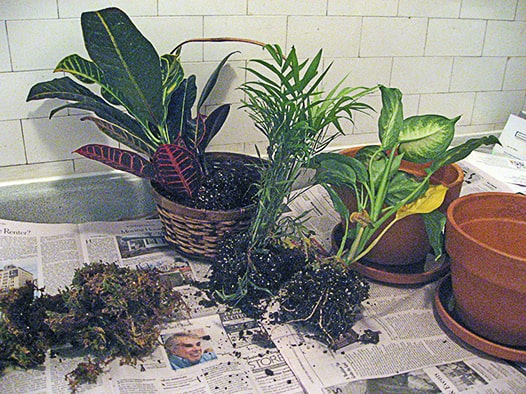
Here are the plants pulled apart from each other. I think that they are already rejoicing that new digs are at hand!

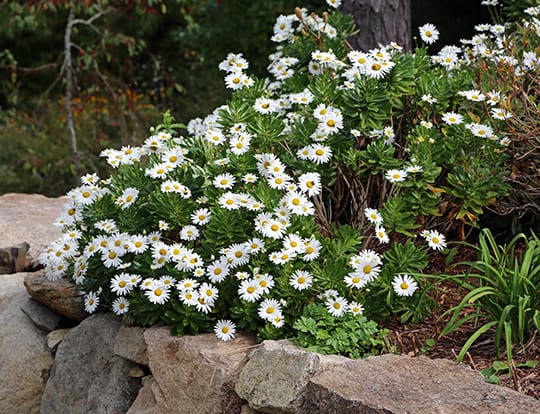
Flopping Montauk Daisies
I title this post intentionally because one of the most common questions I hear is about this fall-flowering perennial. “How do I keep my Montauk daisies from falling over?” or “When do I cut my Montauk daisies back so that they don’t fall over?” Montauk daisies, aka...
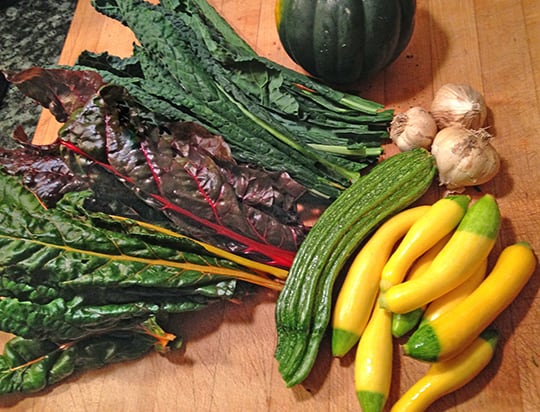
Every Foodie Needs a Vegetable Garden
Yup. If you're a foodie, whenever possible you must grow your own. I understand that those in cities usually need to be content with farmer's markets and CSA's, but if you have a sunny porch, deck, or yard, start planning next year's vegetable garden now. Why? There...
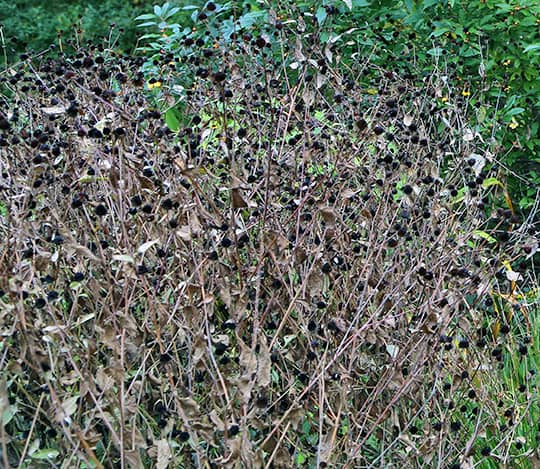
Why I Love Killing Plants and You Should Too
For those concrete thinkers among you I must declare up front: I’m not just talking about plants and gardening here. In every place that I mention something horticultural you could substitute something else that you’ve killed and get the message. Think about that job...

Politicizing Plants?
I'm a total garden geek, so you know I love to try new plants. It's fun to discover newly introduced varieties that might be the next gold standards and my listeners and readers enjoy hearing about the latest introductions as well. So when a box of sample plants...
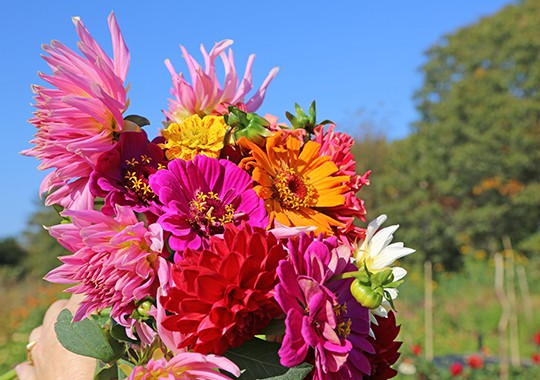
Goodwill – You Can Grow That!
Here's a recipe for growing goodwill and harvesting smiles: Ingredients Dahlias Zinnias 'Blue Horizon' Ageratum Other cutting flowers so you can "season to taste" Plant annuals and perennials with the aim of sharing the wealth. Water and fertilize as needed over the...
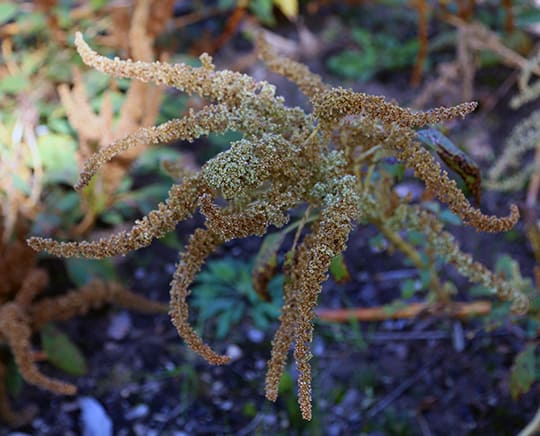
Plant Combinations
A Gardening Life - September 29 There are many books, articles and blog posts on plant combinations. You can plan your gardens according to the shades of flowers and foliage textures and colors...or a combination of both. Some design according to height or the time of...

Lessons From The Garden
The interesting thing is that most people look at this and think that I'm only talking about the garden. I am vowing to "plant" beauty in all aspects of life, every day. This is "Whole Life Gardening" after all.
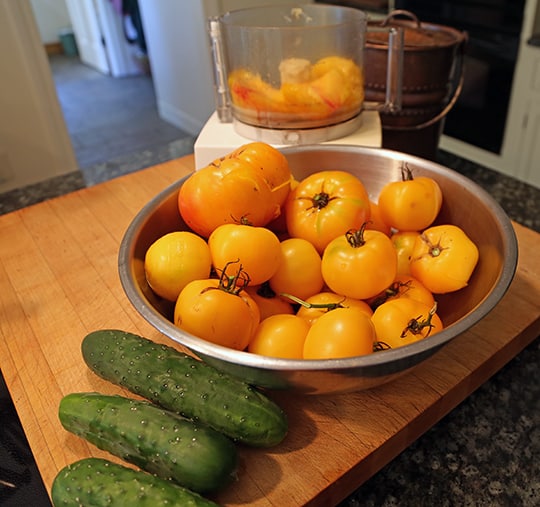
Cooking With Yellow Tomatoes
One of the joys of the September vegetable garden is the glut of tomatoes. Large, small, red, yellow and green, they hang from the plants even as those vines succumb to cooling temperatures and blight. Our meals at this time of year tend to be tomato celebrations...
C.L.’s Websites
The GardenLady
Plantrama
Coffee For Roses
Whole Life Gardening
Links
Blue Heron Landscapes
Cold Climate Gardening
Digging Rhode Island
Forest Keepers of Cape Cod
Garden Betty
Garden Bytes
Garden On The Edge
It’s Not Work It’s Gardening
Jim Long’s Garden
John and Liza’s Garden
Northern Gardeners Almanac
Oh What A Beautiful Garden
Perennial Passion
Sanctuary Without Walls
Saxon Holt – Garden Image Artist
Tales From The Microbial Laboratory
The Road is Long
This Grandmother’s Garden


